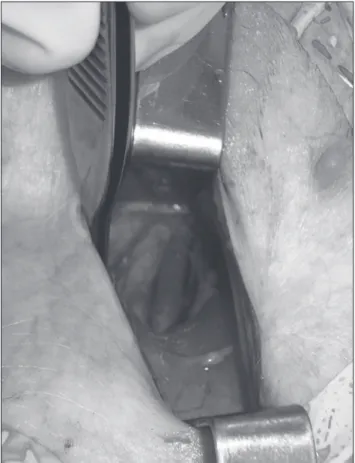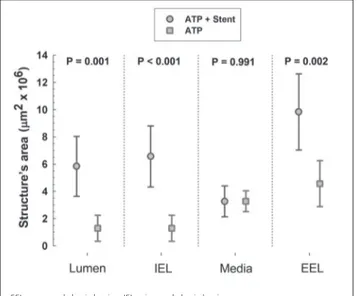J. vasc. bras. vol.9 número2
Texto
Imagem


Documentos relacionados
he objective of the questionnaire was to ind out: if emergency room doctors asked patients about the use of OA, which OA doctors were familiar with, which control exam would
Conclusion: In the present study, femoro-popliteal aneurysms constituted less than 40% of peripheral aneurysms, and supericial femoral artery was the most common site.. hey
VV seem to play a fundamental role in the physio- pathology of the three acute aortic syndrome entities: aortic dissection, intramural hematoma (IMH), and pe-
he authors found higher rates of complications (such as type I endoleak, aneurysm expan- sion and grat migration), endovascular reintervention, and conversion to open repair
follow-up venous duplex scanning include examination of proximal veins in patients with initial negative exami- nation, isolated calf thrombosis, recurrent symptoms, and
Endovascular aneurysm repair and out- come in patients unit for open repair of abdominal aortic aneurysm (EVAR trial 2): randomized controlled trial.
We report a case of a young patient who had traumatic knee dislocation associated with ipsilateral acetabular and femoral body fractures with late diagnosis (on the ifth day after
Endovascular treatment of aortic aneurysms in patients with Behcet’s disease: report of two cases.. Tratamento endovascular de aneurismas da aorta em pacientes com doença de